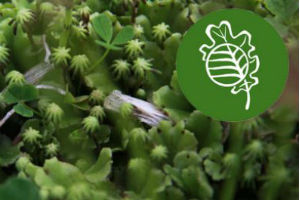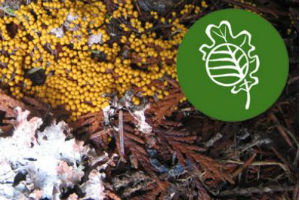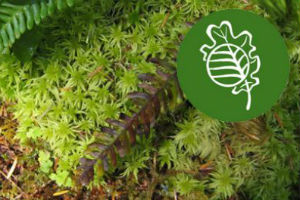Click to search the Herbarium online database!
What is a Herbarium?
A herbarium is a museum of dried plant specimens. Herbaria provide a permanent record of our changing flora over time, documenting all plant species discovered so far, their variation, and their past and present distributions. These specimens also hold a treasure trove of anatomical, chemical, ethnobotanical, and molecular information, and document the history of plant exploration.

Microcladia coulteri, or Sea Lace, from the Algal collection
About UBC Herbarium
The University of British Columbia Herbarium is the largest in western Canada and is home to over half a million plant specimens from around the world. This collection is critical to the identification, monitoring, and conservation of plant biodiversity in British Columbia, and is an important resource for scientific research and education.
The UBC Herbarium has five major collections: vascular plants (flowering plants, conifers, ferns, and their relatives); bryophytes (mosses, liverworts and hornworts); macroscopic algae (mostly seaweeds); lichens and fungi.
In addition to the world’s largest collection of BC plants, our internationally recognized bryophyte collection is the largest in Canada. We also have important collections of Pacific algae, fungi, Hawaiian plants and tropical prayer plants.
You can search the Herbarium specimens through our online database.
If you would like to access the Herbarium for research purposes please contact Linda Jennings with reference to algae and vascular plants, and Dr. Karen Golinski with reference to bryophytes, fungi, and lichens (contact us).
Herbarium policies
Herbarium Loan Policy
Herbarium Policy for Depositing Specimens
Herbarium Policy for Destructive Sampling
Bryophytes Collection
Bryophytes are plants without specialized tissues for moving water or nutrients.
Vascular Plants Collection
Vascular plants have internal cellular structures for moving water up from the roots.
Fungi and Lichens Collection
Fungi are organisms with nuclei-containing cells that get nutrients by breaking down organic material.
History of the Herbarium
John Davidson started the Herbarium in 1912, at which point it was mostly vascular plants.





